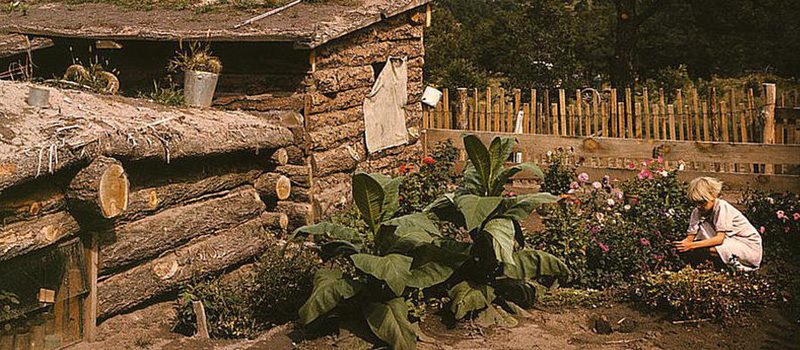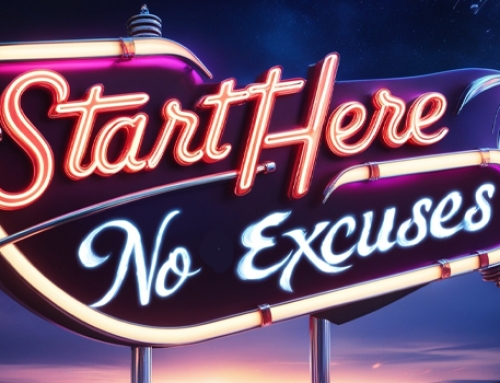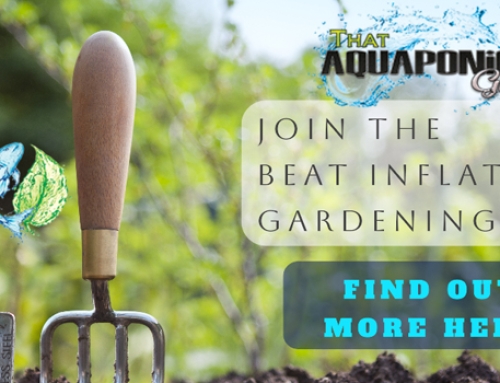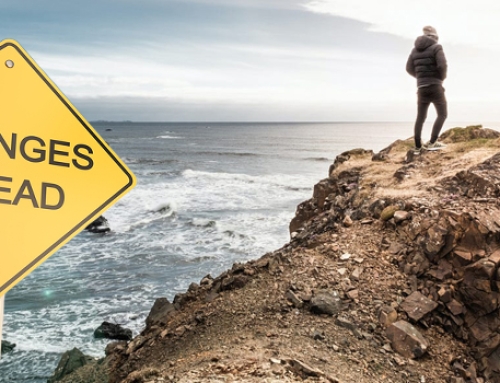It’s all fine and dandy to talk about planting gardens and what types of veggies you are looking to harvest, along with the other 100’s of thousands of other plants you want in your yard, but if you don’t have the actual seeds to do what you want to do, you will only have a lot of empty spaces and piles of dirt.
Additionally, it’s getting harder to find what you want at the grocery store when it comes to the food you want to have on our dinner table. Inflation and supply chain interruptions are driving up prices. And there is no end in sight. The solution is starting a seedbank now so that when you are needing those health nourishing plants it can help you prepare for the upcoming food crisis.
A.K.A. Ensuring Your Food Security
You have on your agenda, like I do, three main areas that will require the seeds to accomplish them. The first is your Survival Garden – the usuals you often eat. These are the everyday hum-drum veggies we all know and love; taters, radishes, carrots, spinach, and many, many more. The more traditional planting that all are aware of.
Then you have your Wild Edibles Backyard – which are those plants bushes, shrubs, and yes trees that you want to have at least on a perennial basis. This could involve those plants for eating, and those plants for using medicinally. Or just those plants that you can enjoy an afternoon or two sitting amongst.
The last on the agenda is a specifically planned Herbal Medicine Garden – One that you can use year round, harvest at will, dry and add to your health and well-being regimens. These plants large or small can be the foundations of the active ingredients you use to fight off illnesses and maintain high immune system levels.
A seedbank will ensure that you have what’s necessary on hand to feed your family. to find the essential plants you use often and access for your well-being
So what are you waiting for? Let’s get started.
What Is A Seedbank?
You may have heard of seedbanks before. The concept of a seedbank is a collection of many different varieties of seeds properly stored to ensure the highest germination rate. And there is one HUGE one in Norway that they are gathering for the generations, not necessarily for next season’s growing cycle.
A seedbank can be as large or small as you need it to be, and unless you are actively being a Backyard Farmer with the types of gardens detailed above you may have not ever seen a need for a seedbank in your life before. But during a food shortage, you may find yourself forced to consume all your food from your land however much space you do have. In order to do this, you will need a wide selection of seeds to plant.
Of course you will want traditional garden staples like tomatoes and cucumbers in your seedbank, you may even go a little crazy and get seeds for the purple colored green beans as well. You may also need a wide selection of Wild Edible plant seeds and seeds for medicinal herbal plants to boot.
If you keep animals on your land (beyond a cat or dog… say chickens or goats) don’t forget to consider what their feed needs are as well in the grain crops you will need to grow to feed them.
How To Best Store Your Seeds
You want to store your seeds in a way that will protect them until they are ready to plant. The best way to store them is in air-tight containers. No, keeping them in their original packaging is not a wise move like your grandpa used to do. Glass jars with rubber seals are an excellent way to keep seeds safe. The jar protects them from animals, mold, and other factors that can decrease their germination rate. And if you have a way to draw the excess air out of the jar that much the better.
I’ve also seen people have great luck with seeds stored in mylar bags. These bags can be a good option if you are short on space.
Seeds like slightly cooler temps that are consistent. Storage in a place with high and frequent temperature fluctuations is not ideal. So if you have a root cellar or a basement, that can be a good option if it isn’t too damp or humid. Dampness is very bad for seed storage. One way to help protect your seeds from humidity is to use silica desiccation packs or even rice to help absorb excess moisture.
Where To Get Your Seeds
In the last 40 or so years, seeds have been going through an unnecessary transition. Conglomerates like Monsanto have tried to corner the market for large seed supply needs of all the major crop types. This finagling have led, unfortunately to hybrids and genetically modified seeds (designed to increase yield numbers or resist certain bugs, or chemicals) that no longer contain what the original Heirloom seeds used to. AND because these monster GMO’s (…Monsanto…) have put copyrights, trademarks and patents on these “bastardized” seeds they have created thus forcing the large growers to buying new seed every year.
Make sure you start out your seedbank right with heirloom seeds ONLY. Do not fall for the cheaper, kindlier, gentler garbage hybrid seed providers shovel. Once you have those bonafide heirloom seeds the best place to get seeds for your burgeoning seedbank is from plants already growing in your garden. Saving seed, rather than repurchasing it every season, used to be traditional.
A general rule of the harvest to live by, is for every 5 veggies harvested, set aside one for next season’s seed. Every season when your fruits or vegetables are ripe, you set a certain part of your harvest for seed (20% or so). To collect your seeds choose your heartiest, most fruitful, best tasting plants.
If you don’t already have a garden, you can either ask a friend or neighbor who is growing vegetables to share their seeds or you can purchase seeds either from a local nursery or online. Make sure that you purchase heirloom seeds.
This will ensure that you can harvest viable seeds each upcoming growing season.
Essential Seeds For Your Seedbank
It definitely is challenging to compile a complete list of every plant you want or need in your seedbank. Every family has different dietary needs, and different plants grow in different heartiness zones. Be aware of the climate of which you live. Generally speaking growing things in California can be the same in West Virginia. However places like Minnesota vs. Arizona that is another question entirely. Some plants grow better in certain climates and you need to be mindful of that fact when you start gathering for your seedbank.
However, What you see here is a great place to get started. If you see something missing from my list, by all means, add it! When building a seedbank, the more seeds and the more varieties you are able to obtain, the better off you will be.
Vegetables
Growing your own vegetables is an easy way to have Food Security. Our grandparents knew that when they grew their Victory Gardens. By storing your own seeds, you can always be ready to start that garden. When planning your seedbank, consider which vegetables your family will eat, as well as what will grow best in your area. For instance Kumquats and Brussel Sprouts may easily grow in your zone… but if your family will not touch them with a 10 foot pole, what good will they do ya?
Also, look to include vegetables that will ripen throughout the year: whether it be coming to fruition multiple times during the growing season or if they need to be planted earlier for an earlier harvest and which seeds can be planted mid summer for a later fall harvest.
Consider what grows in your area in spring, summer, fall, and winter –
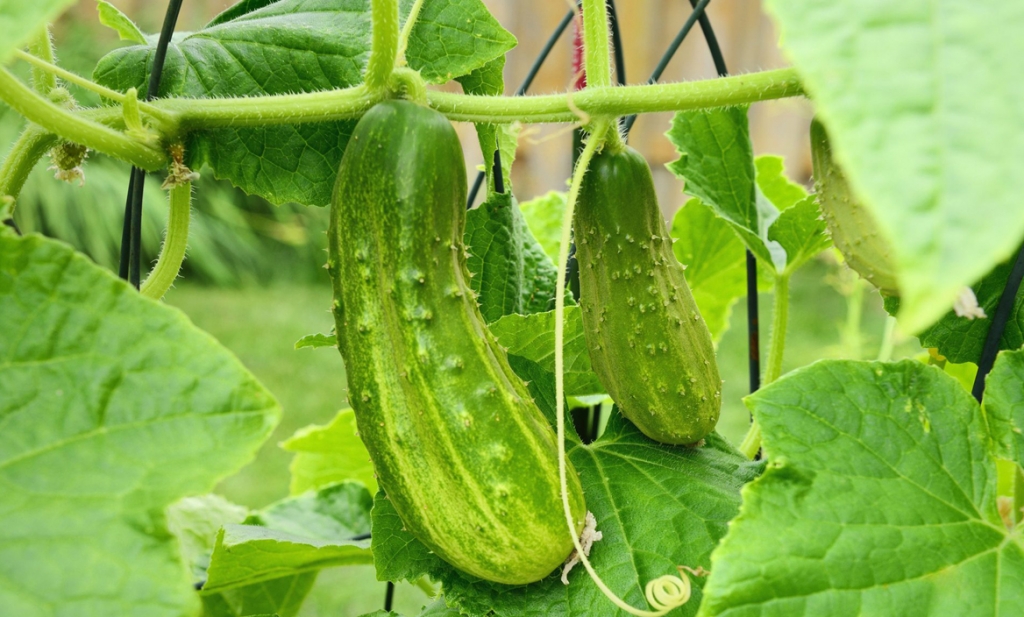 Cucumbers: Wait until at least two weeks after the last frost before you plant your cucumber seeds in the garden. For a continual harvest, plant more cucumbers every two weeks. You can begin harvesting cucumber in as few as six weeks.
Cucumbers: Wait until at least two weeks after the last frost before you plant your cucumber seeds in the garden. For a continual harvest, plant more cucumbers every two weeks. You can begin harvesting cucumber in as few as six weeks.
Peas: Peas don’t like heat so plant them either in early spring or late fall. Or, if you want two harvests, save seeds from your spring harvest to plant again about six weeks before your first fall frost.
Tomatoes: You can seed tomatoes directly in your garden. Just wait until all danger of night frosts has passed.
Plant 3-5 plants for each family member, more if you want to can or preserve your tomatoes for winter.
Onions: Start to plant in early spring. You can begin harvesting as soon as the bulbs reach a usable size.
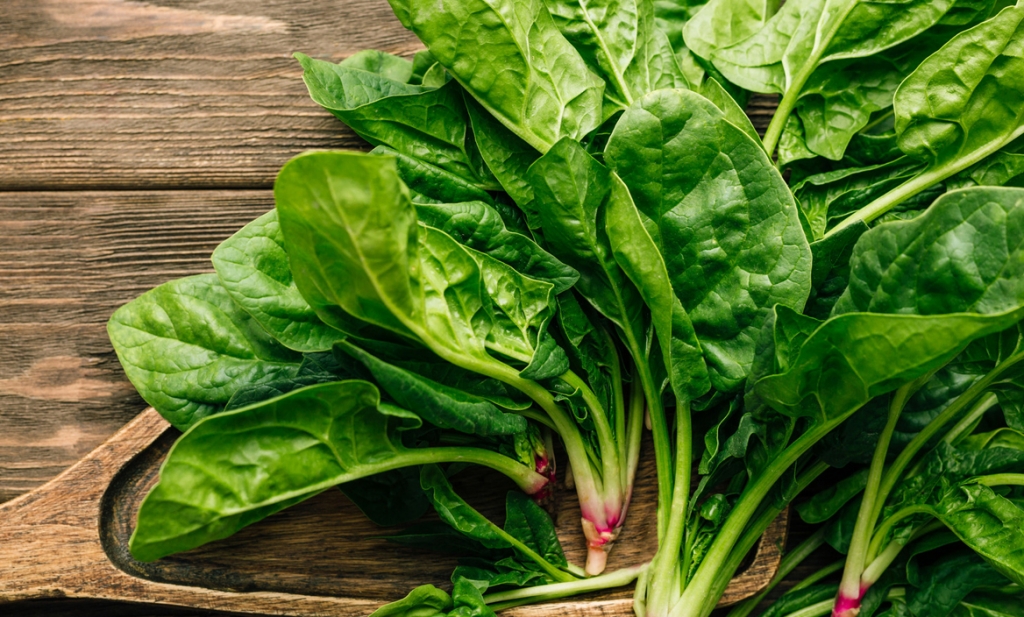 Spinach: For an early spring spinach harvest, you can sew seeds in late fall. Then protect the area with heavy mulch. You can also plant spinach seeds in late summer and harvest them as the weather cools off in the fall.
Spinach: For an early spring spinach harvest, you can sew seeds in late fall. Then protect the area with heavy mulch. You can also plant spinach seeds in late summer and harvest them as the weather cools off in the fall.
Carrots: Carrots are another vegetable that you can plant early in spring. However, they take longer to mature than beets or radishes. Expect at least two weeks before you see signs of growth. If you wait until late summer, you can harvest them in fall.
Beets: Beets are a quick, healthy crop. They are cold tolerant, so you can plant them early in the spring. You can harvest after just thirty days after you plant them. This is a dual purpose plant, so don’t forget to eat the delicious greens.
Radish: Radish is a fast growing crop that is a great companion to carrots. You can sew the seeds for both crops together. The radishes will be ready to harvest just as your carrot seeds start to sprout.
Garlic: Garlic is best planted in the fall. You then harvest the following summer.
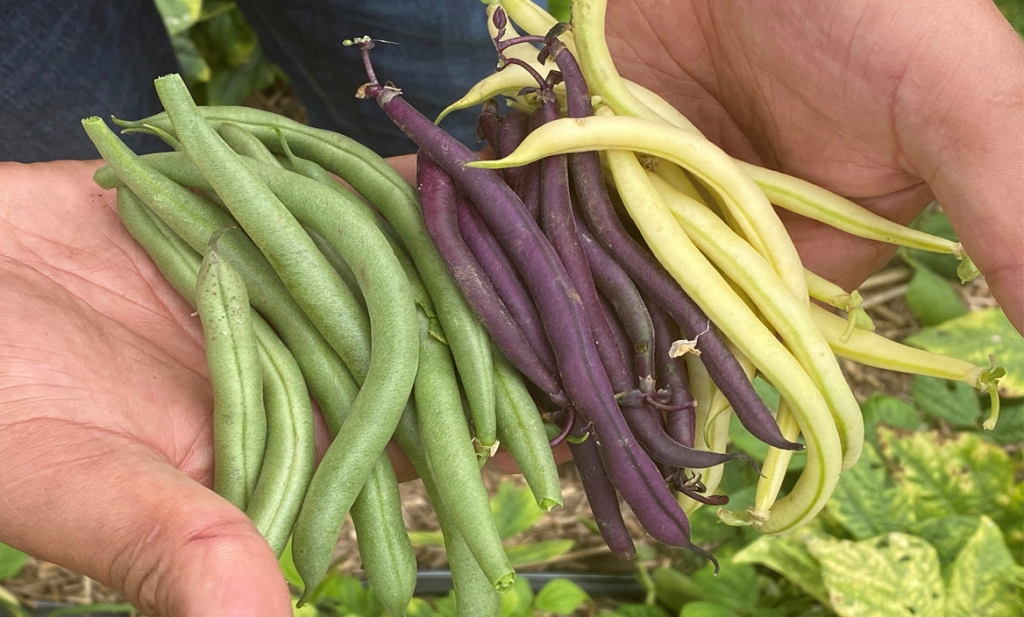 Beans: There are many different types of beans out there. But whether you are planting pole beans or bush beans, you still need to wait until the danger of the last frost has passed.
Beans: There are many different types of beans out there. But whether you are planting pole beans or bush beans, you still need to wait until the danger of the last frost has passed.
Lettuce: Lettuce grows best in cooler seasons like spring and fall, though you can get summer harvests in cooler regions. You can plant seeds every two to three weeks to ensure you always have salad.
Cabbage: If you want to harvest cabbages in the summer, you will want to start the seeds indoors about two months before your last frost. Otherwise, you can sew seeds directly in your garden around midsummer for a fall harvest.
Pumpkins: You want to wait until it’s warm enough outside before planting your pumpkin seeds. You shouldn’t plant them before late May. While it may take a while, pumpkins provide an amazing harvest in the fall.
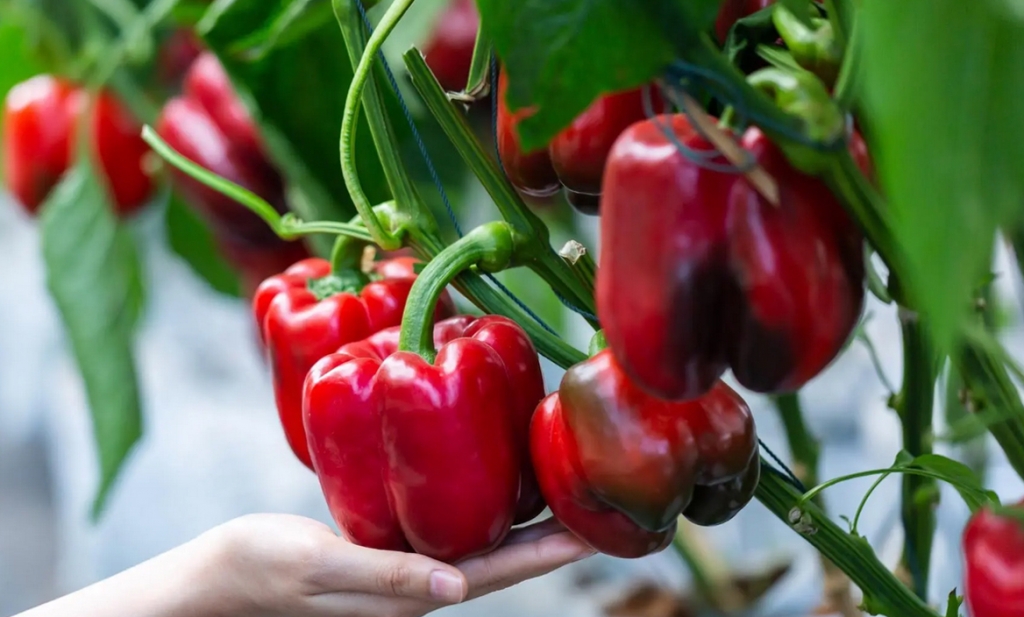 Peppers: Peppers have a long growing season, so you may want to start your seeds indoors for an earlier harvest. However, you can expect your pepper plants to continue producing right up until the first frost.
Peppers: Peppers have a long growing season, so you may want to start your seeds indoors for an earlier harvest. However, you can expect your pepper plants to continue producing right up until the first frost.
Zucchini: You should wait until all danger of frost has passed before planting zucchini seeds in the garden. Each plant will be very prolific, so just a few plants are usually enough for a family.
And these are only a smattering of the vegetables that you can gather their seeds via heirloom means. You just need to know that you need to match the seed with the most hospitable zone (in which you live).
Fruits and Perennials
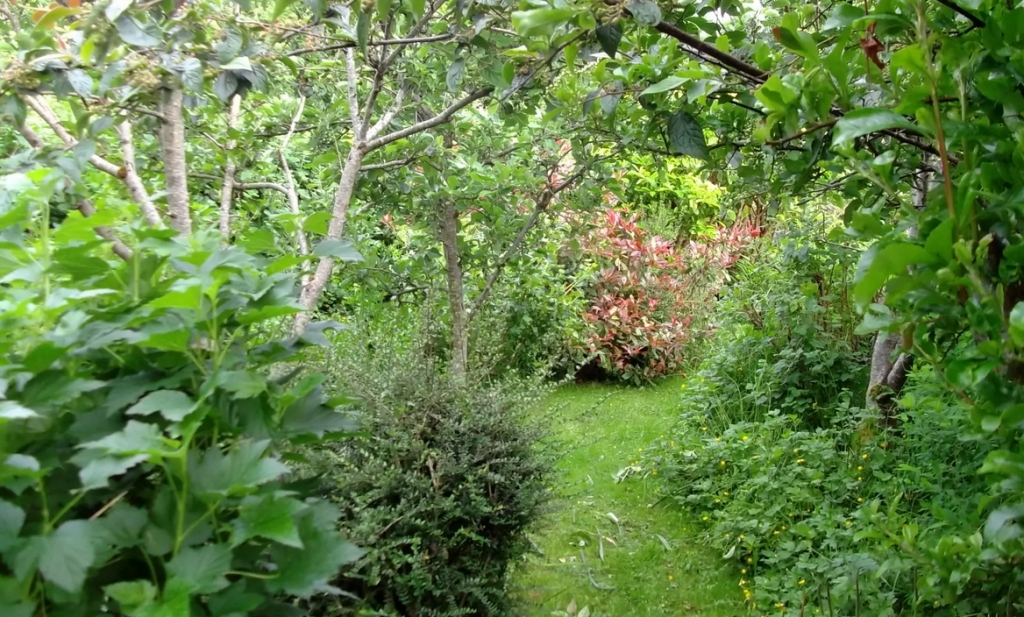 When it comes to fruit and the bushes or trees they grow on, it can take a long time for them to bear fruit, so as the saying goes, “the best time to plant the fruit of our choice was ten years ago.” Whether it be by bush or tree, it is a wise action to take to bring into our backyard farm the sweeter side of nature.
When it comes to fruit and the bushes or trees they grow on, it can take a long time for them to bear fruit, so as the saying goes, “the best time to plant the fruit of our choice was ten years ago.” Whether it be by bush or tree, it is a wise action to take to bring into our backyard farm the sweeter side of nature.
In addition to that the perennial plants that can assist you in your wild edibles efforts can also be placed in this category. From the unusual Bilberry to the flowering of Echinacea, Marshmallow, Chamomile Licorice and Mullein. And even the ground coverings of Red Clover or Purslane all can be gathered and utilized where you want them to grow.
Softer fruits will start to mature more rapidly than harder fruits so take that into consideration. Also don’t forget about annuals, like strawberries.
Herbs
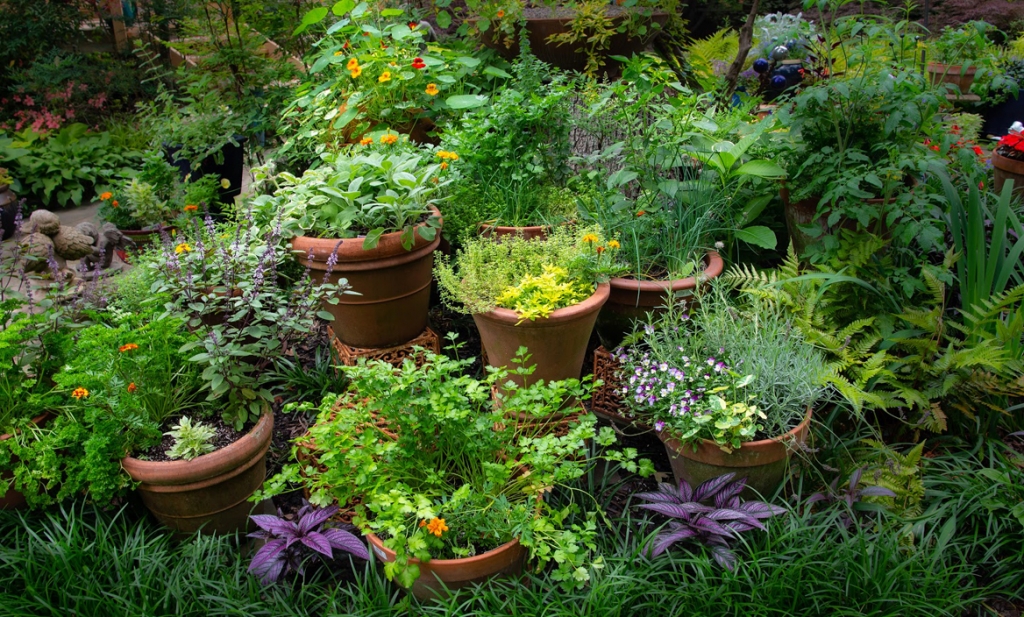 Herb seeds are an essential part of your seedbank. Not only do herbs help liven up your meals, but often they have medicinal uses as well. A kitchen herb garden can help you survive lean times. Getting the right taste with Oregano or Sage can be divine. There are some of the herbs that are ore medicinal in nature that you should have in your garden: Hawthorne, Chicory, Cardamom, Yarrow, Marjoram, Feverfew, Rosemary, Thyme, Calendula, Peppermint, and Meadowsweet.
Herb seeds are an essential part of your seedbank. Not only do herbs help liven up your meals, but often they have medicinal uses as well. A kitchen herb garden can help you survive lean times. Getting the right taste with Oregano or Sage can be divine. There are some of the herbs that are ore medicinal in nature that you should have in your garden: Hawthorne, Chicory, Cardamom, Yarrow, Marjoram, Feverfew, Rosemary, Thyme, Calendula, Peppermint, and Meadowsweet.
Grain
You will probably want to grow at least one type of grain for feeding purposes of the animals you are keeping in that barn of yours. What you choose will be based on your location and how much space you have.
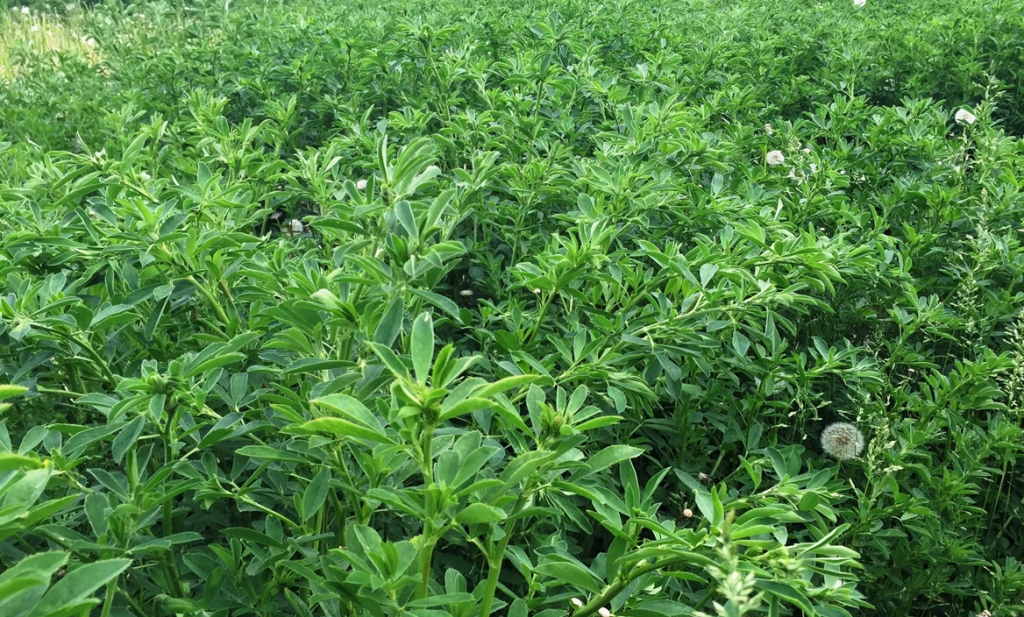 Corn is a great option as it is easier to harvest than wheat if you are not familiar with processing your own grains.
Corn is a great option as it is easier to harvest than wheat if you are not familiar with processing your own grains.
- Corn
- Alfalfa
- Wheat
- Sorghum
- Barley
- Oats
Keeping and maintaining a seedbank can help ensure your family’s Food Security during a food crisis. And really, it’s not too difficult to do. Luckily for you and me, seeds take up very little room, so that you can store a lot of them in a small space. And if you are already growing a garden, it’s one more step in your harvest.
Think not only of the money you save by not buying seed but the freedom you obtain by being able to feed your family without worry.

